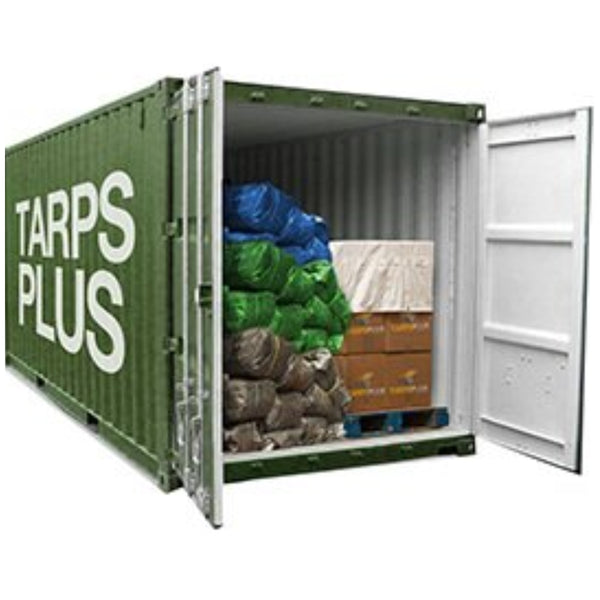Filter
Shop By Categories
-
Poly Tarps
-
Blue Poly Tarps
-
Brown Poly Tarps
-
Silver Poly Tarps
-
White Poly Tarps
-
Silver/Black Poly Tarps
-
White/Silver Poly Tarps
-
Tan Poly Tarps
-
Camouflage Poly Tarps
-
Clear Poly Tarps
-
Red Poly Tarps
-
Orange Poly Tarps
-
Yellow Poly Tarps
-
Green Poly Tarps
-
Silver Fire Retardant Tarps
-
White Fire Retardant Tarps
-
Light Duty Poly Tarps
-
Blue Poly Tarps
- Canvas Tarps
- Mesh Tarps
- Heavy Duty Tarps
- Fire Retardant Tarps
- Canopies
-
Pop Up Tents
- Vinyl Tarps
- Clear Tarps
- Specialty Tarps
-
Sale
- Accessories
density & thickness

Denier, Mil thickness, ounces per square yard, grommet spacing, rope reinforcement, UV treatment and weave count all play major components in the quality and thickness of the fabric.
Denier: Refers to the linear mass – amount of mass per unit length of fibers is measured in the unit.
Mil Thickness: The mil is an increment/unit for measuring the thickness. The equivalent of one mil is 1000 of an inch. Divide the mil measurement by 1000 to know it's measurement in inches… Six mil/1000 equals 0.006 in.
Ounces Per Square Yard: This will give you the overall weight of the product per square yard. Although this will not indicate the density of the material it should give an overall idea of how thick and heavy the material is.
Grommet and Spacing: Depending on the application grommets are essential for securing the material. Typically lighter duty material will have grommets based in wider increments usually 3 feet. More heavy duty material grommets can be spaced to feed to 18 inches apart. More often than not heavy duty material requires more secure applications. For most applications, metal grommets are preferred. Brass and aluminum grommets Are resistant to rust and are more durable than plastic grommets.
Weave Count: Many tarps, Poly tarps, in particular have weave mash within the plastic material. This mesh is traditionally laid in a crisscross manner. With other components being equal the higher the weave count the stronger the tarp will be. Example: 14 x 14 weave count will be stronger than an 8 x 8 weave count.
Rope Reinforcement: Enables the tarp to be stronger around the perimeter of the material. Typically the nylon rope will be creased within the material, around the ends of the tarp. The rope is not visible but is folded around the perimeter of the material.
UV Treatment: Enables the material to be resistant to the sun's rays. UV treatment – ultraviolet treatment is composed of components of plastics that have been treated to be resistant to the sun's harsh rays. This process is done in the incipient stages of building the resin, plastic, and structure of overall material.
 FAST SHIPPING- LOWEST PRICE GUARANTEE
FAST SHIPPING- LOWEST PRICE GUARANTEE



